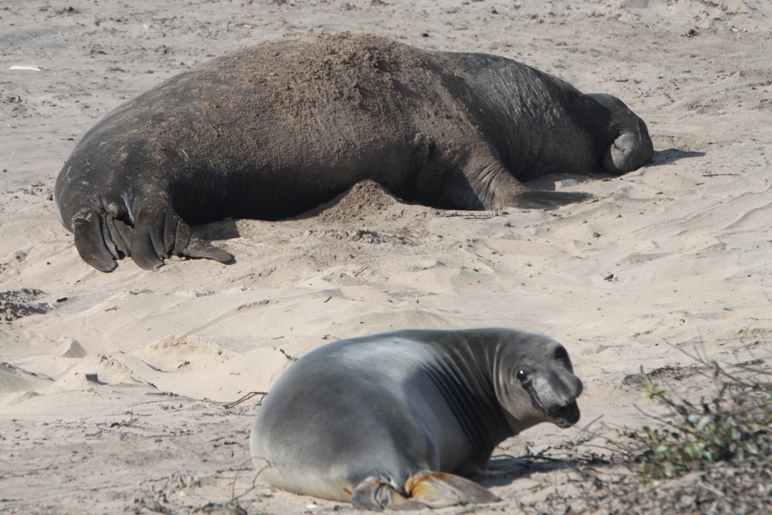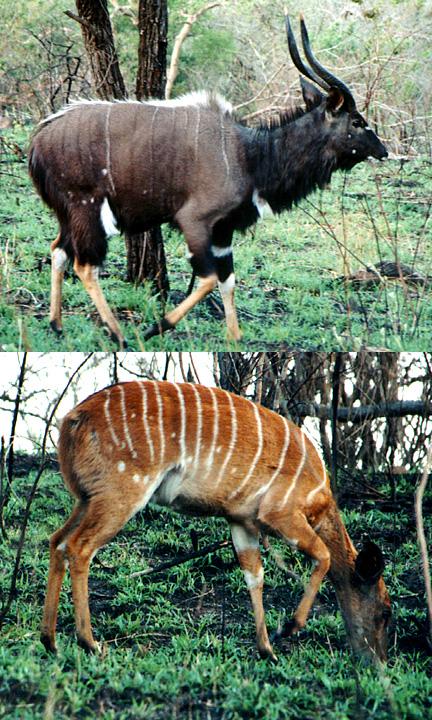Quote:
Originally Posted by Neapolitan

I thought the dividing line between one type of animal with another regardless how similar they are to each ofther is the number of chromosomes they possess. And generally I always thought that a species can only reproduce with it's own kind. There is always an exception to every rule e.g. the mule, being an offspring of a donkey and a horse, both being of different speciesfrom each other.
|
The horse and donkey are still seen as viable species from the species definition that species are reproductively isolated. The reason is the importance is not on whether or not two species can create a hybrid, but whether or not they can create a hybrid which itself is capable of sexual reproduction. A mule isn't, so horses and donkeys are generally seen as viable species according to the sex-definition.

About chromosomes and using those, a lot of species are species simply because they were described back in the days when they had no way of checking this. Today we can check it, but if we rearranged species by this criteria, humans would be the same species as tobacco. Silkworm and elephants would also be the same!
Quote:
Originally Posted by Neapolitan

The Cabbit and the Camelopardus throw a monkey wrench in the cog wheels of the machinery of science, when it comes to classification of animals by species. What is a "species" and how should we classify them, and their hybrid-off-spring? What is the critea for classification, and is it worth editting the hundreds of textbooks for the millions of students in the high schools across the United States when the definition is changed. It reminds me of the kind of dilema we had with Pluto's declassification from Planet to Planetoid.
|
They don't really throw a cogwheel in the machinery of science because cabbits and cameloparduses only ever existed in people's imagination. Cats and rabbits and camels and leopards are not capable of hybridizing together. They're intriguing fantasy animals, but that's it I'm afraid. Where did you learn about them?
Many fantasy animals thought up in the olden days were basically just mixes of other parent species. Some other examples are the griffin (lion, dragon, eagle), centaur (human, horse), harpy (human, bird) or hippogriff (deer, griffin), manticore and sfinx (lion, human) .. Creatures everyone who's ever played Dungeons & Dragons will be familiar with.
The Coc
katrice for example is a mix between basilisk, lizard or dragon with a rooster.

At some point, medieval scholars thought they were created when a coc
k laid an egg and that egg then got incubated by a toad or possibly a snake. Needless to say, this has little to do with nature, but everything to do with imagination.










 Also, something like the flexibility you criticize taxonomy for lacking is actually present. Each taxon like family can, if needed, be split up into several ranks, for example you could take the family step and substitute it for all these levels :
Also, something like the flexibility you criticize taxonomy for lacking is actually present. Each taxon like family can, if needed, be split up into several ranks, for example you could take the family step and substitute it for all these levels : Linear Mode
Linear Mode
